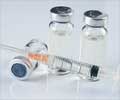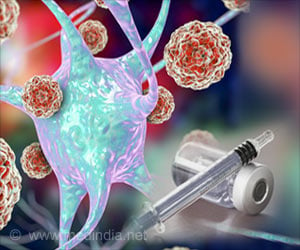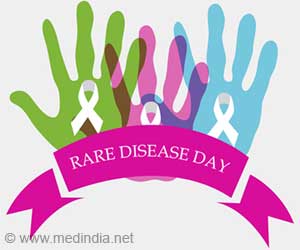It could now be possible to predict how immunotherapy would affect patients with bladder cancer and other malignancies.
Highlights:
- Though bladder cancer is one of the more responsive tumor types, it still has just a 25% durable response rate.
- Anti-PD-1/PD-L1 treatment, a sort of cancer immunotherapy, that allows the body's immune system to attack tumor cells, has been successful against various cancer types.
- This could ease treatment selection for clinicians and determine whether given patients will likely respond to anti-PD-1/PD-L1 therapy.
Anti-PD-1/PD-L1 therapy, a type of cancer immunotherapy that opens the door for the body’s immune system to attack tumor cells, has demonstrated effectiveness against many cancer types over the past five years.
Keith Syson Chan, Ph.D., translational scientist, professor of Pathology and co-author of the study, said, “It has proven very effective against melanoma and revolutionized lung cancer treatment. Bladder cancer is considered one of the more responsive tumor types, but still has just a 25% durable response rate, so improvement is still needed.”
When a tumor triggers a host immune response, it is referred to as a ‘hot’ tumour because immune cells frequently invade the tumor’s interior. On the other hand, certain cancers, termed as ‘cool’ tumors, prevent immune cells from penetrating.
A gene named discoidin domain receptor tyrosine kinase 2 (DDR2) was linked in a previous work by Theodorescu to anti-PD-1 resistance in animal models of several tumor types. This new study used human cancer data sets in distinct tumor types in a partnership between cancer biologists and bioinformatics specialists to better analyze the DDR gene family.
The investigators concluded
First, while belonging to the same gene family, the DDR1 and DDR2 genes have extremely distinct impacts on cancers. DDR2 expression is often low in tumors with high DDR1 expression and vice versa. Furthermore, while high DDR2 tumors are ‘hot’, high DDR1 tumors are ‘coo’'.Researchers also discovered four distinct gene profiles strongly correlated with tumor response to immunotherapy and were controlled by DDR1 and DDR2. These genetic markers were also studied in other collections of patient data from various cancer types that were made publicly available.
“The next step is to validate these signatures in a prospective clinical trial. This could yield new tools that allow clinicians to determine pre-treatment whether given patients will likely respond to anti-PD-1/PD-L1 therapy. They can then proceed with anti-PD-1/PD-L1 therapy for those patients who will derive the most benefit and offer alternative therapies for patients not likely to respond, improving outcomes for all,” said Theodorescu.
Source-Eurekalert
















